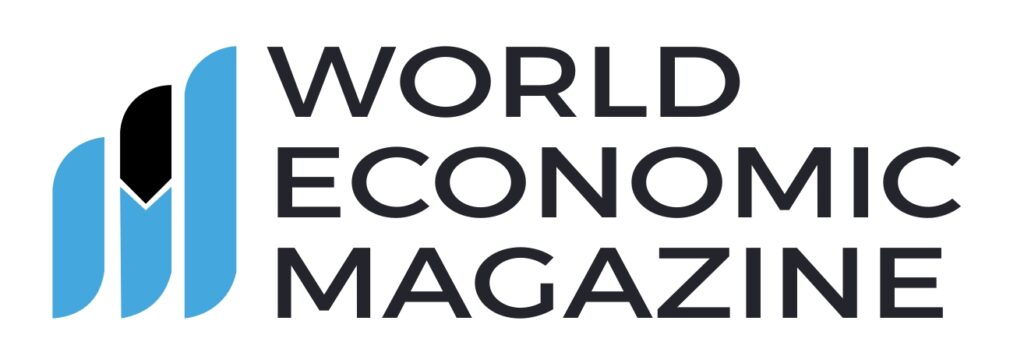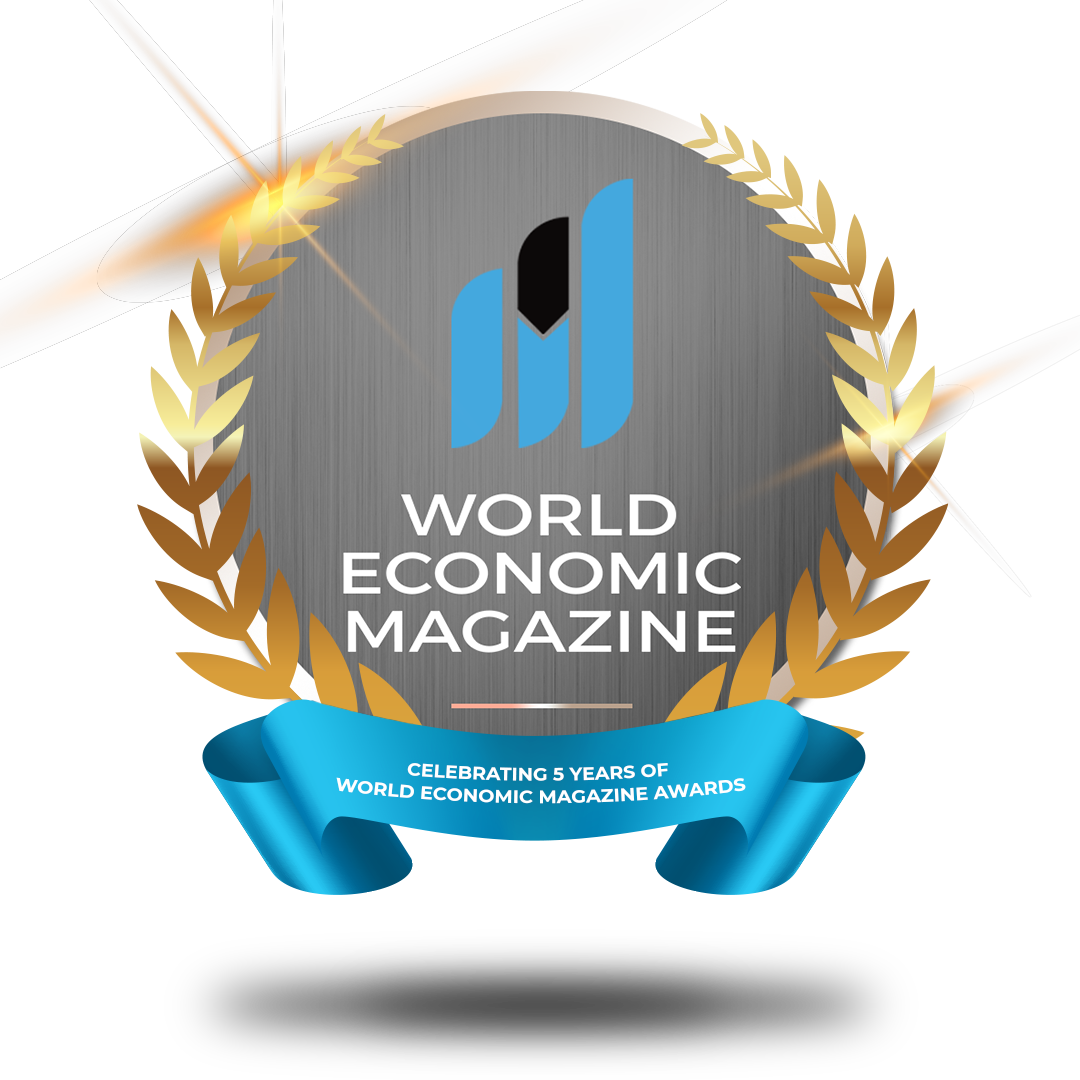ESG appears to have become an integral part of risk assessment!

The process of incorporating environmental, social, and governance issues into investment decisions, resulting in increasing longer-term investments in sustainable economic activities and projects, is known as sustainable finance.
ESG investing must have evolved through time to meet the needs of organizations and clients and individual investors, as well as some government agencies, who want to effectively integrate long-term financial issues and opportunities into their investment decision-making processes to generate long-term value.
Its purpose is to combine better risk management with higher portfolio returns, as well as to factor in shareholder and beneficiary values while developing investment strategies. Many have viewed ESG as a strategy for generating long-term financial returns by incorporating more and more consistent information about material environmental, social, and governance developments, risks, and opportunities into asset allocation and risk management decisions to achieve this desired goal.
What is Sustainable Investing?
Sustainable investing can be considered as part of the evolution of investing in several ways. Industry participants are increasingly recognizing that some ESG aspects are economic factors, especially in the long run, and that it is, therefore, critical to incorporate meaningful ESG factors.
There are three essential components of long-term investing:
Sustainable investing is a supplement to asset management theory, not a rejection of core notions.
Sustainable investing elicits new insights into how value will be created in the future, based on environmental, social, and governance (ESG) factors.
Diverse stakeholders are considered in sustainable investing, which is in line with how businesses are evolving.
There are numerous methods for calculating risk under ESG. ESG momentum is a strategy for investing in firms that show signs of significantly improving their ESG rankings in the future. By actively connecting with business executives to assist positive changes that raise ESG rankings, impact investment can help support the benefits of momentum approaches in this area. In addition, some research suggests that merging ESG and fundamental investment concepts into blended strategies might help provide higher risk-adjusted returns.
ESG During Covid-19 Pandemic
During the COVID-19 pandemic, the attention on ESG has shifted significantly in the last two years, especially a turn towards sustainable investing. According to data published by S&P Dow Jones Indices, assets under management related to ESG ETFs nearly tripled from just under $60 billion in the United States to more than $170 billion in 2020, with $81 billion inflows. Through the issuing of sustainably linked loans, there has also been greater attention on ESG.
Europe is taking steps
The European Commission has been evaluating sustainable finance practices and consequences for some years. According to the European Commission, sustainable finance is the process of considering environmental, social, and governance (ESG) factors when making financial investment decisions, resulting in higher longer-term investments in sustainable economic operations and developments.
As part of their commitment to achieving the United Nations’ 2030 Agenda and Sustainable Development Goals, as well as to comply with various international agreements, such as the Paris Climate Agreement, the EU Action Plan on Sustainable Finance implements EU actions to advance ESG disclosures and benchmarks.
This aims to establish a legal framework that encourages and supports long-term investment in the European Union.






